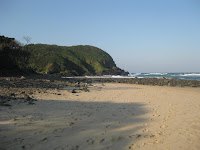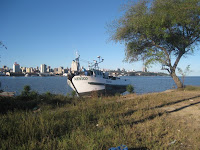Today I read in the news that Christer Zettergren, secretary general in the Swedish Red Cross, argued that the HIV/AIDS epidemic is so severe that it should be classified as a catastrophe. This based on the fact two million people died in the illness last year and 7000 are infected every day worldwide.
The king also banned sexual relations for under 18s but this apparently didn’t apply to himself as he in 2005 got married to his 13th wife, which at the time was only 17 years old.
The sex ban was ended one year early as it apparently didn’t work and rather had the opposite effect. It resulted in an increase in prostitution, decline in marriage and increase in abortions. And of course, the number of HIV infected people was increasing even faster. At this time, when HIV was booming in the country, the king ordered a private jet for $45M, to be paid for by the public funds. This amount corresponds to the whole country’s health care expenditures for a two-year period.
I really like this cool king, too bad I couldn’t meet up with him.















